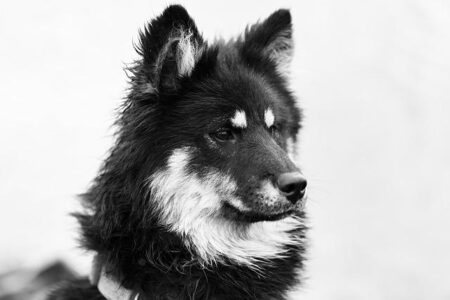LesothoŌĆÖs Highland Horse Racing: A Dynamic Tradition Amidst Stunning Mountain Scenery
Perched high within the dramatic elevations of Lesotho, a kingdom famed for its breathtaking terrain, an extraordinary equestrian sport flourishes: mountain horse racing. This thrilling competition is deeply embedded in the cultural fabric of the Basotho people, showcasing their remarkable riding skills as they deftly navigate steep and rugged mountain trails. At daybreak across the Maluti Mountains, riders mount their resilient ponies to engage in adrenaline-fueled contests that captivate both local spectators and international enthusiasts alike. Recent races have sparked renewed excitement around this cherished tradition, creating vibrant celebrations filled with community pride and fierce rivalry. This article delves into the cultural significance of mountain horse racing in Lesotho, explores the dedication required by its riders, and examines how this lively custom continues to adapt over time.
The Rich Heritage Behind LesothoŌĆÖs Equine Traditions and Rise of Mountain Racing
Set against LesothoŌĆÖs awe-inspiring highlandsŌĆöwhere sheer cliffs meet expansive skiesŌĆöthe emergence of mountain horse racing has become a powerful emblem of national identity and passion for horsemanship. Central to this sport is the Basotho pony, an indigenous breed renowned globally for its toughness, sure-footedness on rocky paths, and ability to thrive in harsh mountainous environments. More than just a race involving horses; it represents centuries-old relationships between humans and animals that are foundational to Basotho culture.
This captivating sport draws crowds from across Southern Africa eager to witness riders expertly maneuvering perilous routes at impressive speeds while blending athletic prowess with rich cultural expression. Several factors contribute to its growing popularity:
- Community-driven programs revitalizing traditional riding skills among youth
- A surge in tourism fueled by global fascination with unique sporting events set amidst spectacular natural landscapes
- The incorporation of races into national festivals celebrating Basotho heritage and unity
Local communities actively champion initiatives designed to nurture emerging talentŌĆöensuring ancestral knowledge remains vibrant while cultivating new champions poised to uphold this legacy. With its electrifying mix of heart-pounding action, deep-rooted culture, and panoramic views soaring above an average elevation exceeding 2,200 meters (7,200 feet), mountain horse racing steadily secures a prominent place on regional sports calendars.
Mastering Treacherous Trails: The Physical & Psychological Challenges Faced by Riders
The formidable topography characteristic of LesothoŌĆÖs mountains presents significant challenges for jockeys competing in these demanding races. Success requires not only advanced riding techniques but also exceptional stamina due to steep gradients combined with unpredictable weather conditionsŌĆöincluding sudden downpours or strong windsŌĆöthat can rapidly alter trail safety.
Navigating narrow ridgelines strewn with loose stones demands razor-sharp balance; every turn may conceal hidden hazards such as slick surfaces or precipitous drops along paths barely wide enough for one pony at a time.
The high altitude further complicates efforts by reducing oxygen availability during intense exertionŌĆöfor both rider and mountŌĆöprompting many competitors to follow rigorous fitness regimens emphasizing cardiovascular endurance alongside specialized training over varied terrains simulating race environments.
Mental resilience is equally vital; seasoned jockeys dedicate considerable time studying courses beforehandŌĆömemorizing each curve’s intricaciesŌĆöto anticipate dangers effectively during competition. Peer networks among riders facilitate sharing insights about trail tactics as well as safety measures, fostering camaraderie essential when confronting such extreme conditions together.
Sustainable Practices Shaping The Future Of Mountain Horse Racing In Lesotho
Cognizant that safeguarding their stunning environment holds immense cultural as well as ecological importance, organizers alongside participants are pioneering eco-friendly strategies aimed at minimizing environmental footprints during events.
- Waste Management: Deployment includes strategically positioned recycling stations throughout venues paired with use of biodegradable materials wherever feasible;
- Sustainable Transportation: Promotion of carpooling schemes or public transit usage helps reduce carbon emissions linked directly with event attendance;
- Ecosystem-Conscious Sourcing: Preference given toward locally sourced food supports regional agriculture while cutting transportation-related pollution tied into event logistics;
Additionally,detailed educational workshops raise awareness among attendees about protecting fragile ecosystems surrounding racecourses including soil conservation methods preventing erosion caused by hoof traffic;
| Main Focus Areas | Ecosystem Advantages Achieved |
|---|---|
| Soil Conservation Techniques | Preserves biodiversity & prevents land degradation |
| Wildlife Protection Awareness | Encourages harmony between animal habitats & human activities |
| Water Resource Management Education < td >Promotes sustainable water use ensuring long-term availability |







